In my previous posts, I briefly explained What is Oral History and the Importance of Oral History, and at this point I thought it would be acceptable to explain exactly where does this oral history come from? There is a vast amount of oral history out there and delving into each of them would take quite a bit of time. So, I decided to break it down to the simplest form possible or at least what I believe to be the simplest way to understand.
There are two main sources of oral history.
Primary Sources
Secondary Sources
Primary Sources
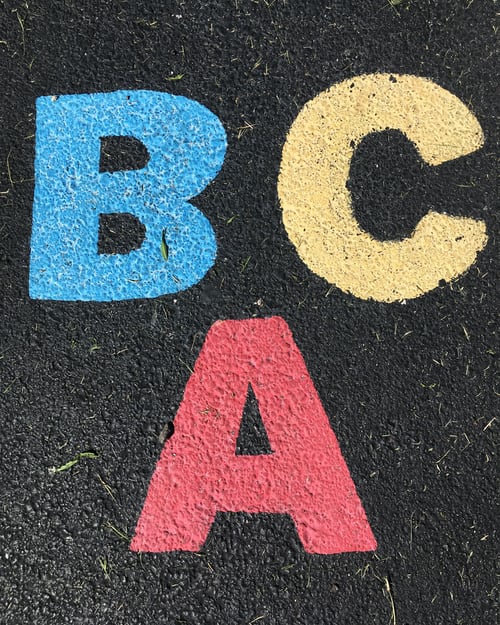
A primary source is first hand testimony or direct evidence concerning a topic under investigation. Such sources as artifacts that have been left by the past. They exist either as relics or remains or as testimonies of witnesses of the past. The source’s value and nature cannot be determined as a way of collecting or interpreting human oral history for study or entertainment or for documenting purposes without reference to the topic and question it is meant to answer. Primary sources of oral history are a number and I will touch on the top four that are credible and used in today’s time. Examples of Primary Sources include.
Raw Material
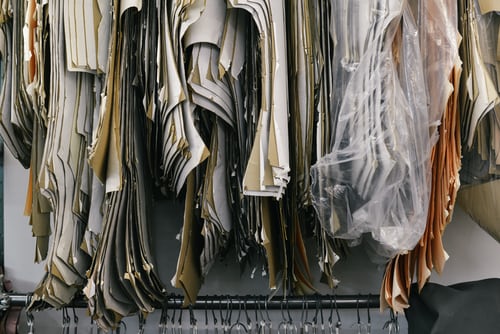
Raw material or raw data is gathered data that has not been polished or properly put together to produce a document or an end product that is readable or understandable. The documentaries, autobiographies, photographs, all had to be collected and later on analyzed to produce a fine source of oral history. The researcher has the obligation though, to do their due diligence when gathering raw material making sure that it is plausible and reliable and is in relation to their area of research.
Original Research
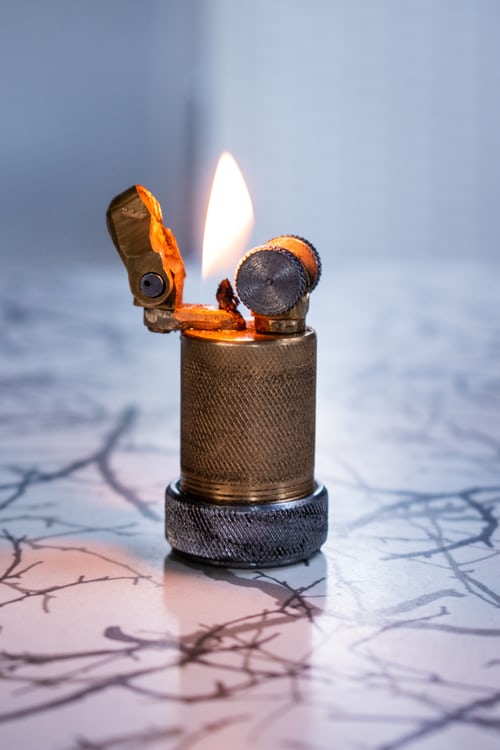
It is the report of a study written by the researchers who actually did the study. the researchers describe their hypothesis or research question and the purpose of the study. the researchers detail their research methods. the results of the research are reported.
Memoirs and Autobiographic Sources
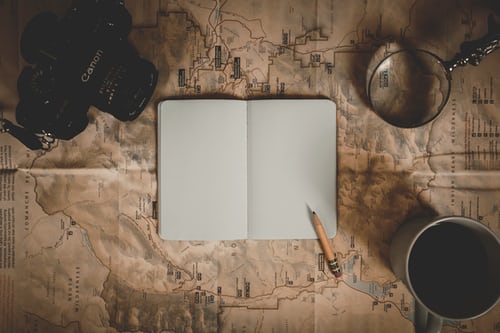
Personal written accounts of events in the authors life serve as sources of oral history. The author may find it safe to change names and places of those identified in the memoirs or autobiographies to protect their identity. There are different levels at which these authors seek to represent the past with complete accuracy hence the hidden identity sometimes.
Autobiographies are considered to be more accurate than memoirs although in both cases, the author relies heavily on memory
Photographic Sources
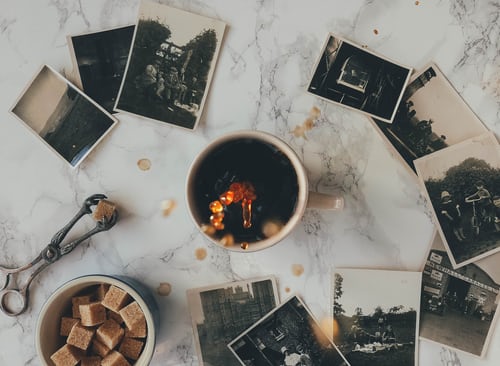
Photographs cannot tell a full story, but they offer evidence of a historical event and provide backup to the person giving a recount of their experiences. They serve to document events or relationships in a person’s life or the history of a place or a social group. They also help to capture socially significant events to almost anything else.
However, photographs can be considered biased as they serve the purpose of the photographer. They are taken from the photographer’s perspective to communicate something. People in the photographs however, also have a communicative purpose in mind.
Maps

Maps can be used as a supporting document to oral history. They can reveal the changing times of a particular location, city or street. Maps are social documents; they are created in a particular social and cultural context. They contain certain details, leave out others and represent relative sizes and other features of geographic areas and social spaces with a lesser or greater degree of accuracy. No map is entirely accurate but they tend to be more accurate in smaller regions.
There are so many sources of oral history that can be used to sum up an oral historian’s data collection. These mentioned above are just but a few which I believe are highly favored by historians.
Now let’s go into secondary sources of oral history.
Secondary Sources

There is not much to secondary sources of data. They are however considered second-hand information and commentary from other researchers. Secondary sources are as a result of primary sources. They normally interpret or synthesize primary sources of oral history. Such examples include Journal Reviews, articles, academic books.
Differentiating Primary and Secondary and Primary Sources
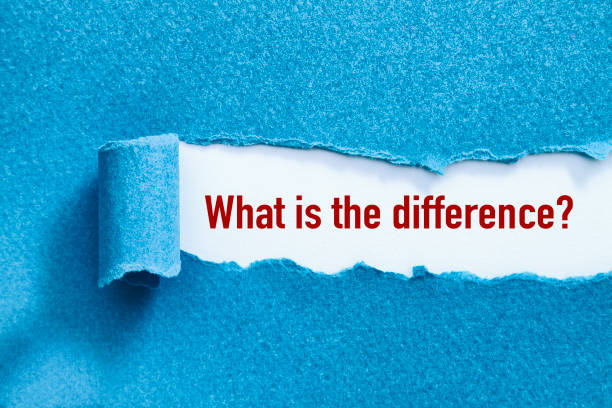
Primary sources however, are more credible as evidence, but good researchers use both primary and secondary sources. There are ways however to determine whether they are primary or secondary. There are a couple of ways to determine whether the source is primary or secondary and here are two easy ways to distinguish the two.
If the research is coming from someone directly involved in the events that is considered a primary source. But on the other hand, if it is from a researcher studying this specific topic then that is considered a secondary source.
To distinguish the two, one could also pose the question, does the source provide original information? If they do, then that is considered a primary source. Or does the source comment upon information from other sources? If they do, then that is considered a secondary source of oral history.
Conclusion

Sometimes a source can count as a primary and secondary source. What does this mean? It means that a source of data may be primary or secondary depending on the researcher’s question. If the person context or technique that produced the source is the main focus of your research, it becomes primary.
Another example could be a documentary series about the World War One, is a secondary source, but on the other hand if you are interested in the filmmaker’s techniques, then it is a primary source of primary data.
That’s all for this short blog on Sources of Oral History, I do hope it has been useful. Have a look at my blog on the Limitations of Oral History Evidence as well as be on the look out for my next blog on the Top Seven General Equipment for Oral History Interviews.
If you are an oral historian or a researcher or have any audios that you would love transcribed, feel free to contact us. Thank you and until next time, stay safe and remember, always be kind try to stay positive and learn to unwind.

One response to “Sources of Oral History”
[…] that are vital to consider when setting up an interview. Be on the look out for my next blog on Sources of Oral History I do hope this blog has been helpful. Please contact us for any Oral History Transcription Services […]